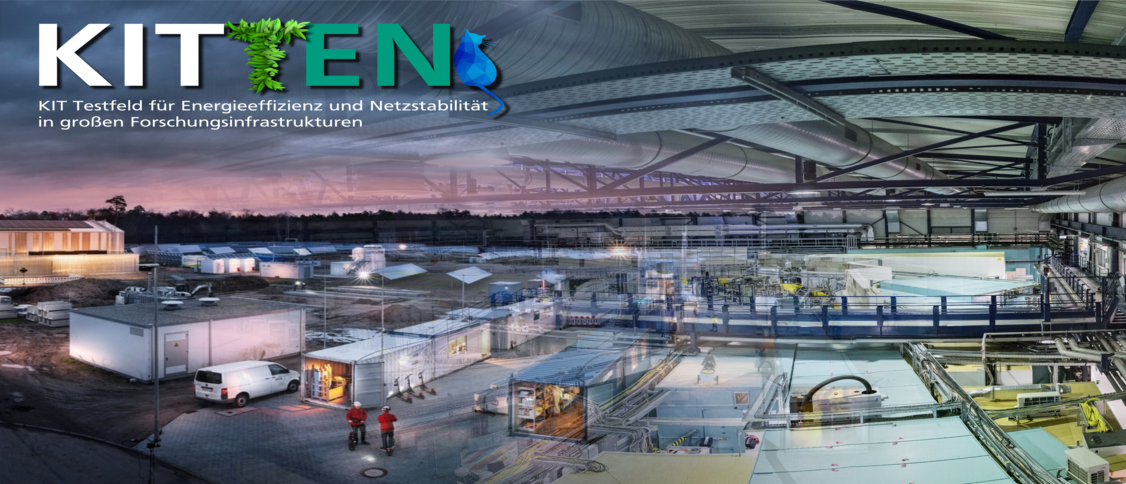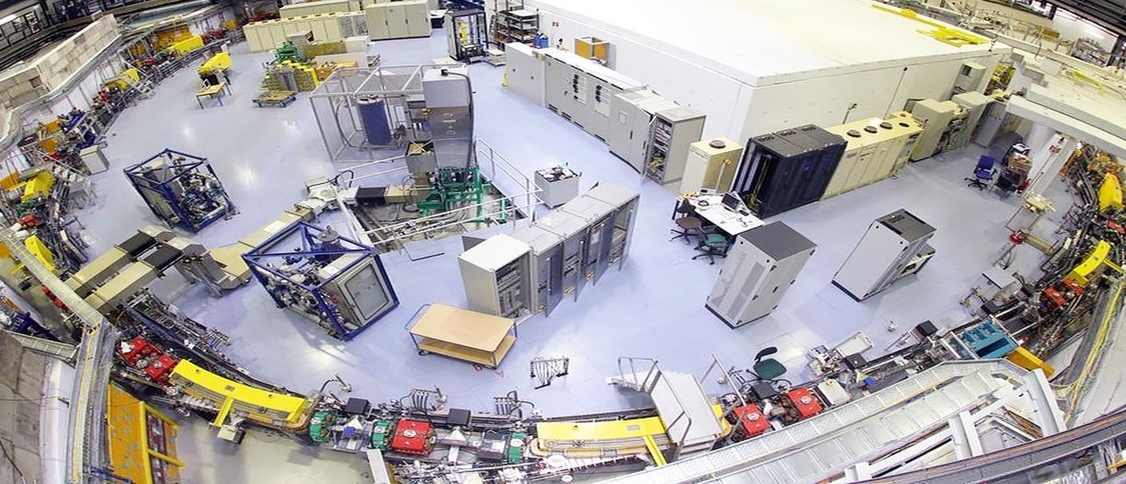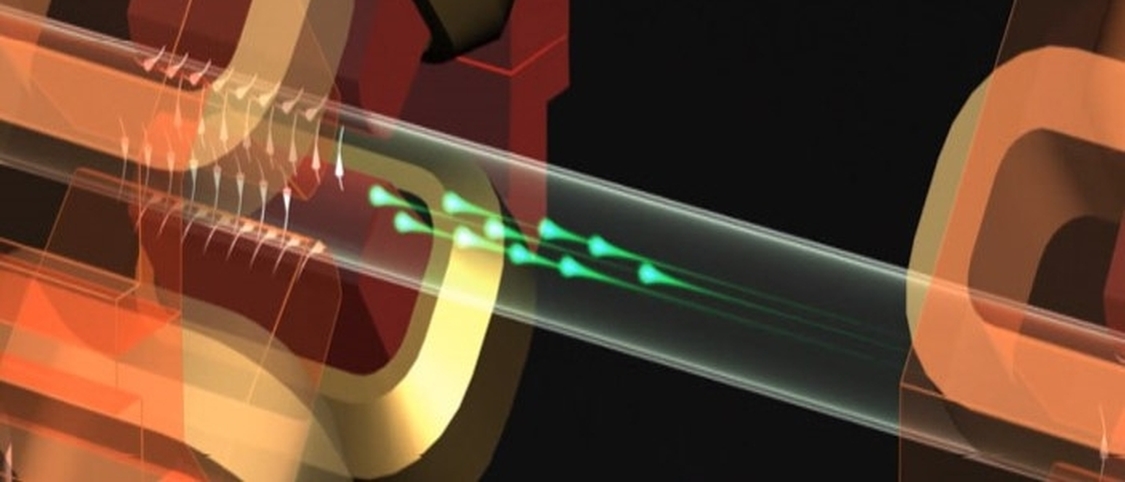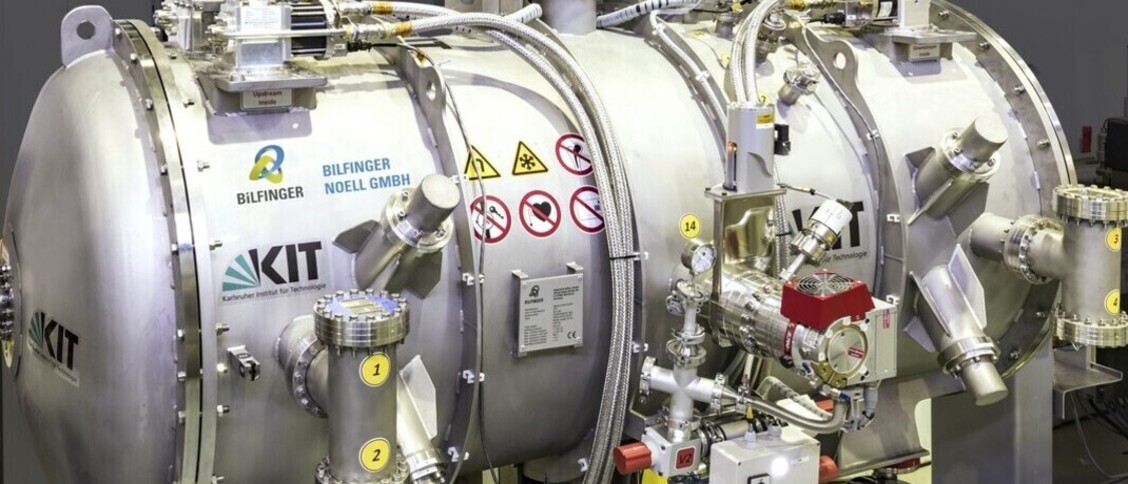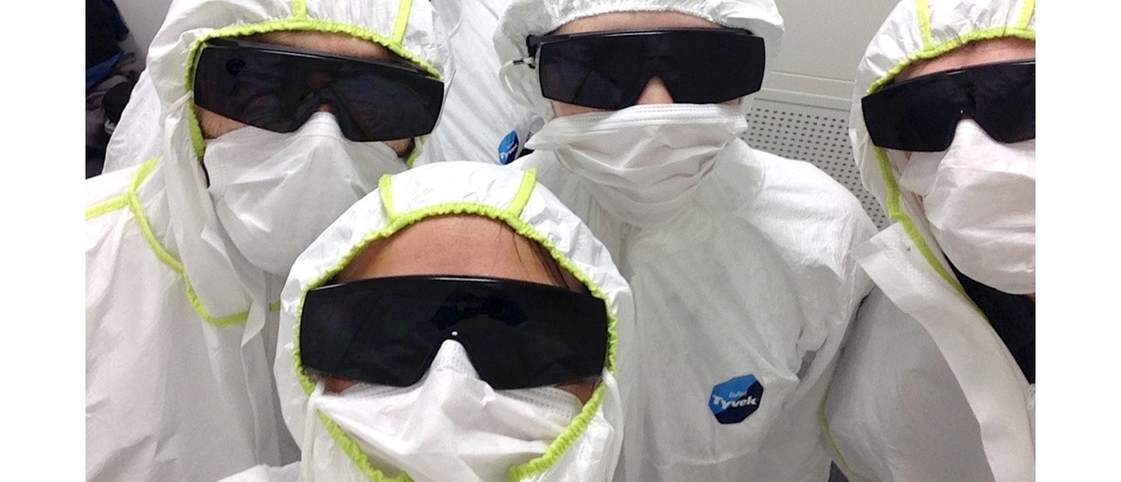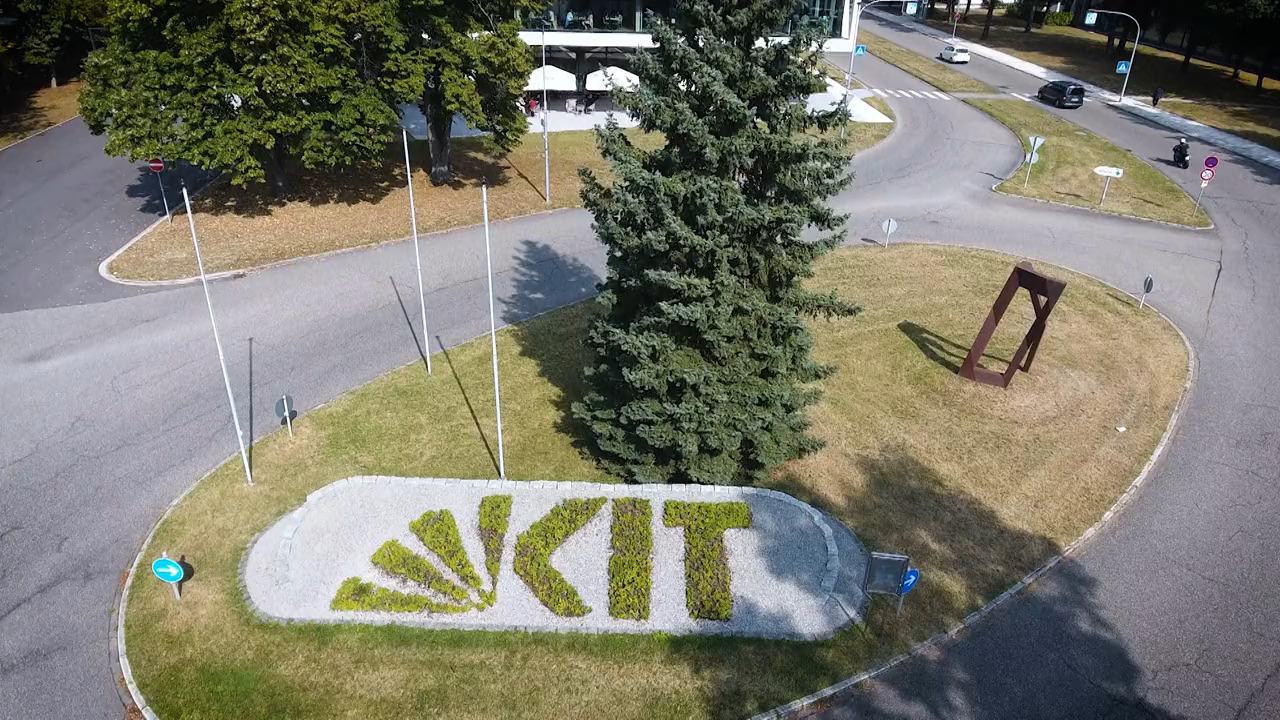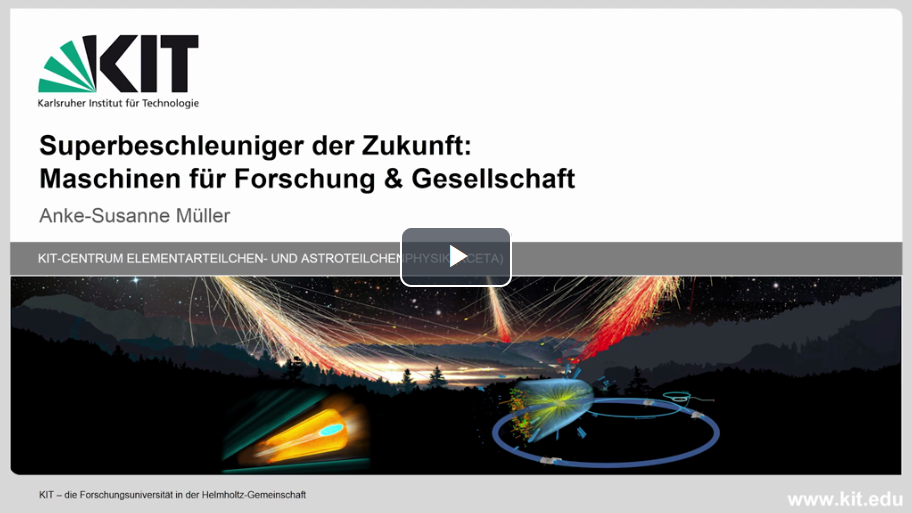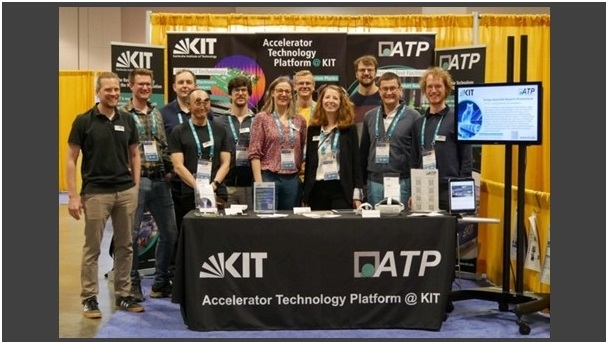
The Accelerator Technology Platform (ATP) of the KIT is showcasing at the IPAC Confercence from May, 19 to 24 in Nashville.
The IBPT team and partners will present 23 posters and one oral presentation highlighting our latests advances.
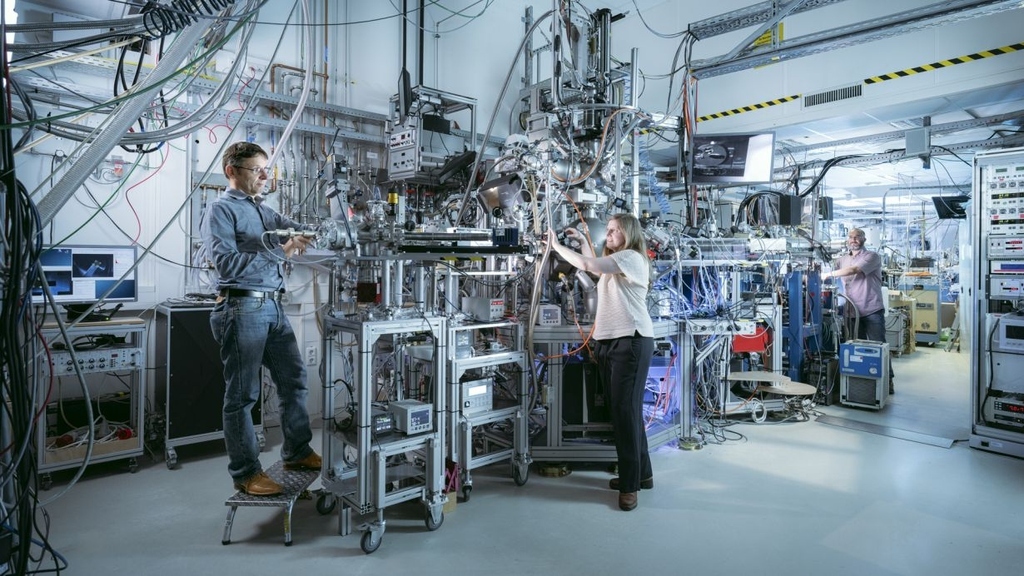
New measuring instrument for operando battery research with KIT Light Source at KARA.
more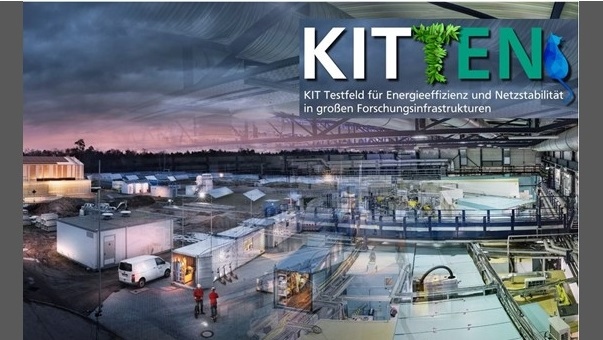
Karlsruhe Research Accelerator, KITTEN, Energy Lab 2.0 - EURO-LABS video.
video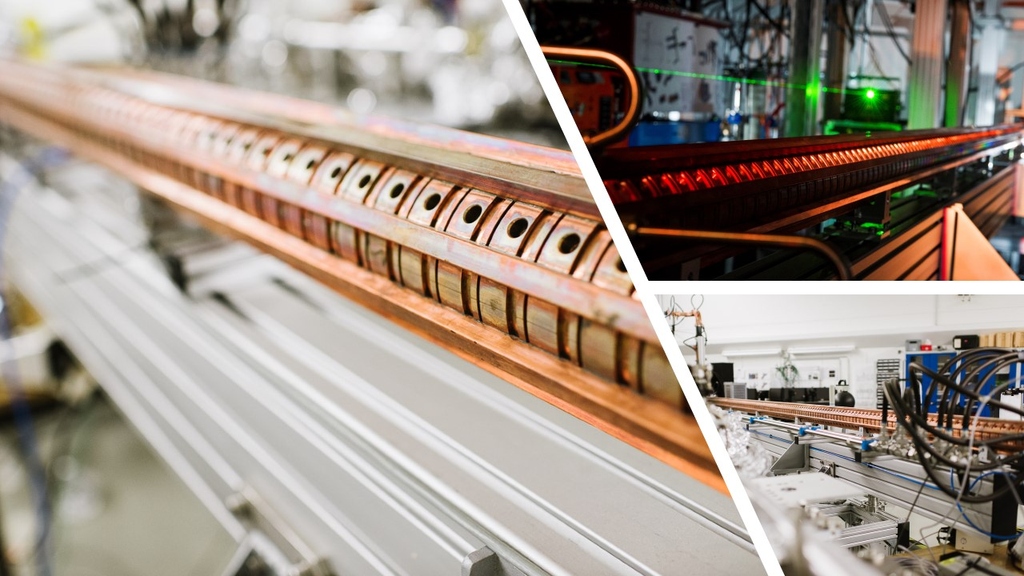
Short-bunch linear accelerator and THz source FLUTE - EURO-LABS video.
video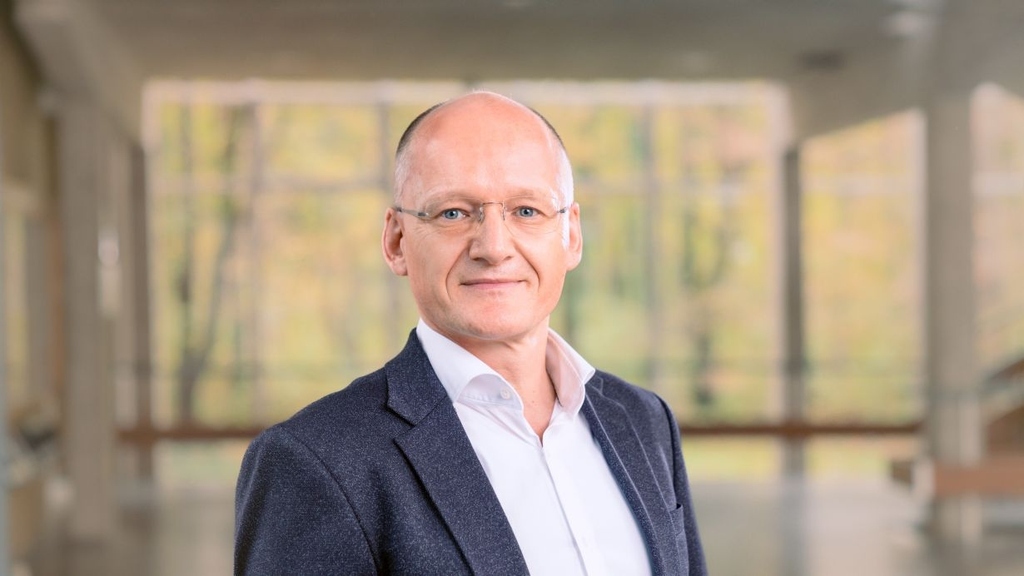
The European Research Council (ERC) funds the development of a key technology for the Einstein Telescope (ET) – the proposed next-generation European gravitational-wave detector. The project GRAVITHELIUM aims to push the sensitivity of cryogenic laser interferometers to fundamental limits using superfluid helium to solve a central challenge in observing gravitational waves of the entire universe. At IBPT, Steffen Grohmann also leads the groups of Superconducting System Technology and Insertion Devices.
more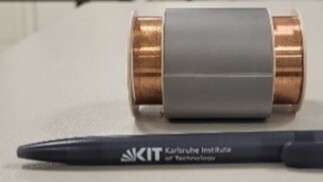
The ErUM-Pro Verbund project "High-temperature superconducting magnet technology – experiments & simulations" (HTS-ES) will be funded from July 2024 for 3 years in the framework of the Verbundforschung (collaborative research) at KIT and TU Darmstadt. KIT will coordinate the Verbund and concentrate on "HTS magnet technology for sustainable accelerators" (HTS-CRYO) and TU Darmstadt on "Calculating transient effects in HTS coils using a reduced-magnetic-vector-potential formulation" (HTS-RMVP) with PSI and CERN.
more
